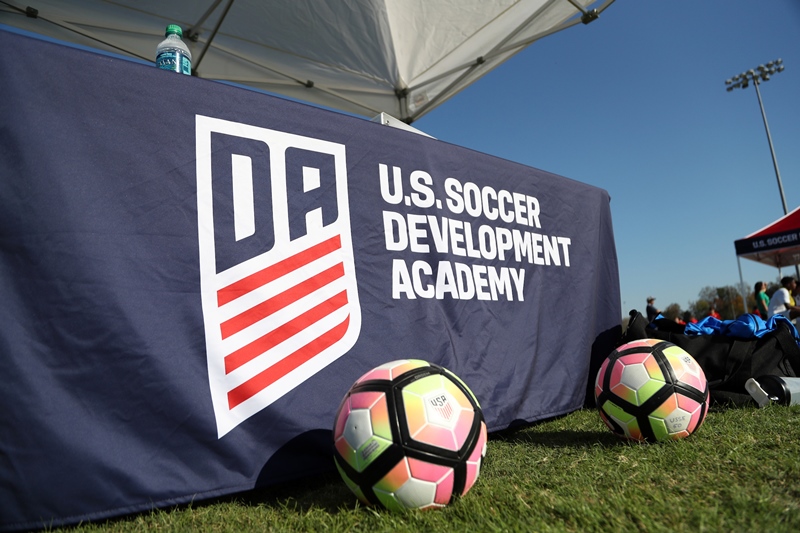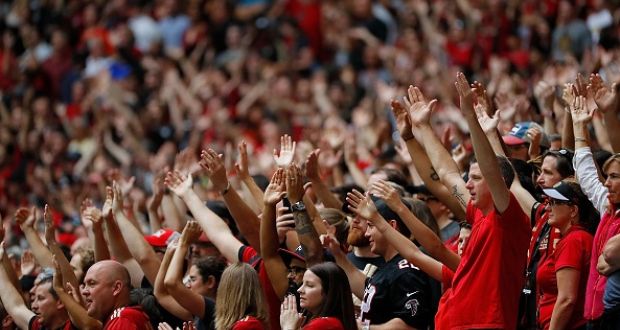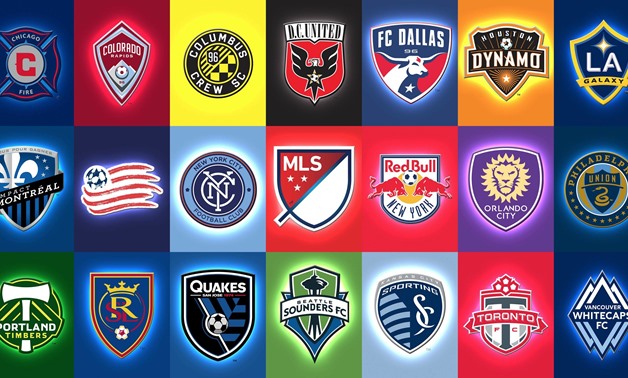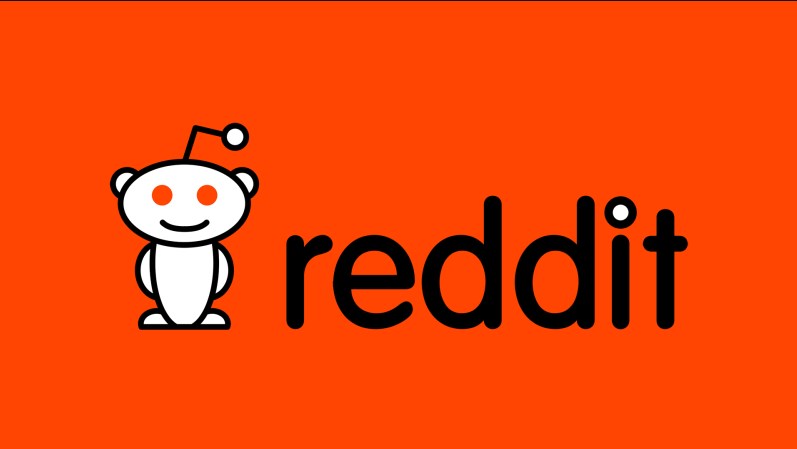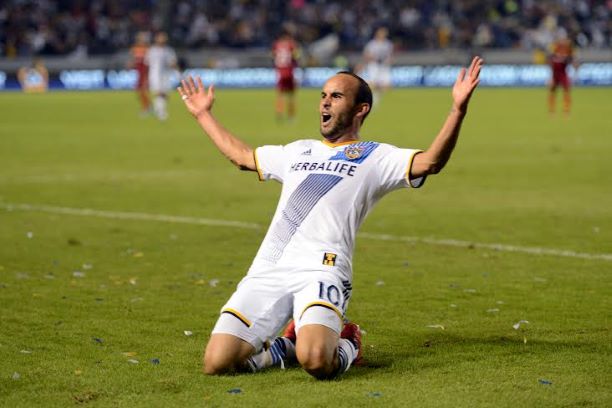Greenpeace vs Gazprom: Executing the Protest - Part 3
Greenpeace vs Gazprom: Executing the Protest - Part 3


Greenpeace vs Gazprom: Executing the Protest - Part 3
A tactical analysis of the utilisation of environmental tifosi to combat Arctic drilling in the Champions League’s most important fixture. Read the whole series here.
By Jake Cohen
In order to successfully pull off sneaking into, and then hanging a massive banner at a stadium or in a press conference, quite a bit of logistical and tactical preparation needs to be done beforehand. More than anything, I was particularly interested in how Greenpeace volunteers and employees are able to first acquire the skills necessary, and then utilise those skills to successfully execute these operations.
While Duff was quite understandably hesitant to go into the details, he did note that their activists are “extremely well trained, and particularly the ones that are executing the sorts of protests that we saw at the Champions League. To be able to get onto the top of a stadium and hang a banner from it takes a lot of experience, nerve, and courage.”
Greenpeace has a long history of extremely visible demonstrations, and has hung banners on the roof of the British Parliament, on top of Mount Rushmore in the United States, on the Cristo Redentor in Brazil, on the Sydney Opera House, and along the Wardha Dam and on the Esser Group headquarters in India, just to name a few.
The fact that Greenpeace has been executing these sorts of campaigns for over forty years has helped like-minded people find each other, and these people come from all walks of life. Those with military or climbing experience therefore, are relied upon to provide the training necessary to ensure not only the success of the mission, but also the safety of their fellow activists who are participating in said mission.
The rather amazing self-awareness Greenpeace has with regards to how the organisation is perceived by the general public and how they specifically tailored the Champions League campaign to football supporters is likely due to the “support from the creative and advertising community that are doing things on the quiet for [Greenpeace].” Duff explains that when someone spends their day job promoting shampoo, a microwave, or any other sort of mundane product, “they are just dying to be able to do something that’s good for the world.”
In fact, Greenpeace is apparently inundated with offers of support in many different ways, and one of the ways Greenpeace is able to succeed is because no one can stop people from giving them information and advise on how to successfully create and then execute a campaign.
“If you’re the winning side, then it’s much easier to find people to come and help, so we just need to keep being the winning side.” Indeed, as Chelsea found out shortly after winning the Champions League in 2012, it’s much easier to convince the world’s best available player to join your club when you are the winning side, or as Eden Hazard put it, the “champion’s league winner”. Similarly, the other global giants (Real Madrid, Barcelona, Bayern Munich, and the Manchester clubs) have very little problems convincing the best players in the world to join their clubs.
Of course, the comparison isn’t perfect, as the biggest clubs can often afford to pay the biggest wages, while the vast majority of Greenpeace activists do so as volunteers. Nevertheless, top organisations are never short of talented people wanting to work with them.
Greenpeace’s activities in the Champions League have led to some unfortunate consequences for some participating clubs. Duff maintains that “the objective is really around Gazprom, and this isn’t a fight with football or even with the Champions League. This is a campaign that is trying to expose what Gazprom is doing in the Arctic.”
While this statement may read like an attempt to placate football supporters, some of the Greenpeace protestors involved at the demonstration at Stadio San Paolo during the Arsenal – Napoli match that took place during the group stages were actually Arsenal supporters. Writing for the Telegraph, Jeremy Wilson noted in his match report that “amid the general bemusement, [Napoli striker Gonzalo] Higuaín found space inside Arsenal’s penalty area after a pass from Jose Callejón and turned to shoot past [Arsenal goalkeeper Wojciech] Szczesny.”
Arsenal went on to lose the match 2-0, which likely led to some mixed feelings and sleepless nights for the Greenpeace Gunners, and they likely breathed (zero emission) sighs of relief after Arsenal successfully managed to make its way out of the group stage and into the knockout round. That said, the club was paired with the reigning European champions, Bayern Munich, when the winner of their group, Borussia Dortmund (who won the group on goal differential, being level on points with the North London club) were given a significantly easier matchup with Zenit Saint Petersburg.
Suffice it to say, the protestors likely won’t be regaling their fellow Arsenal supporters with tales of their exciting adventure in Italy anytime soon.
It must be noted that neither Szczesny nor any of the Arsenal defenders have mentioned anything about being distracted by the Greenpeace banner, and any connection to the banner being unfurled and the Higuain goal is tenuous at best. That said, Greenpeace’s activities have led to some very real consequences.
Read: Part 2 - The Campaign

